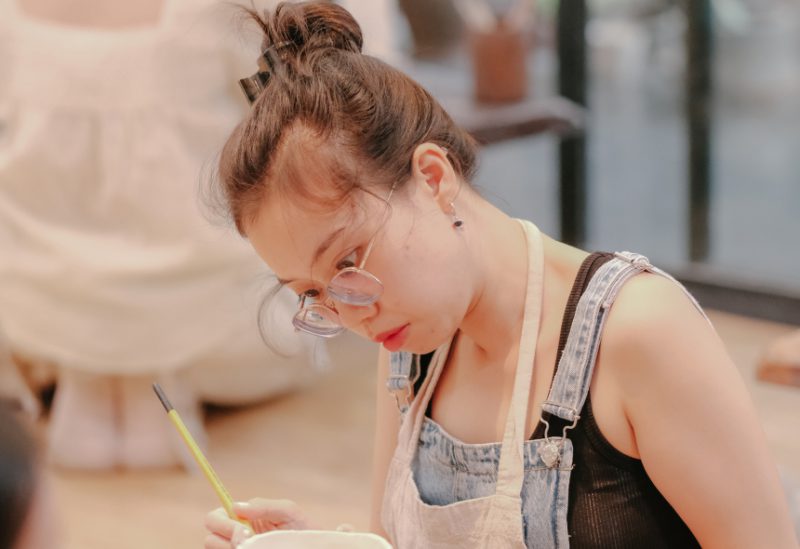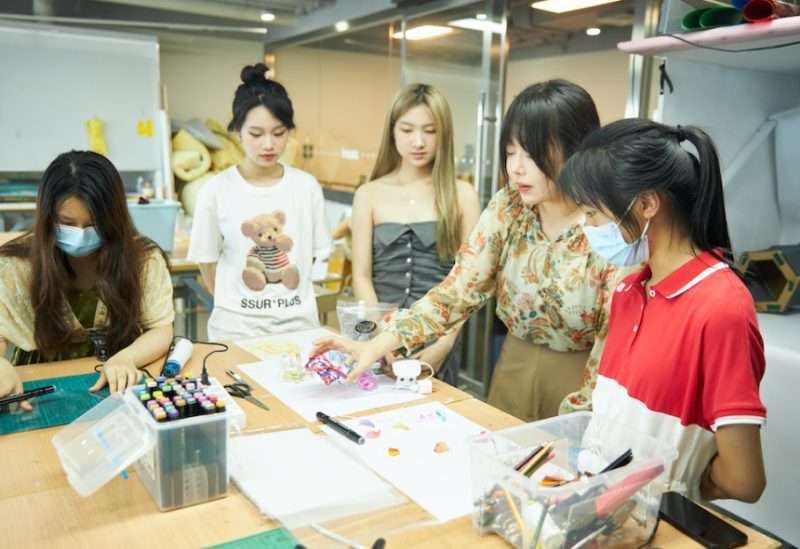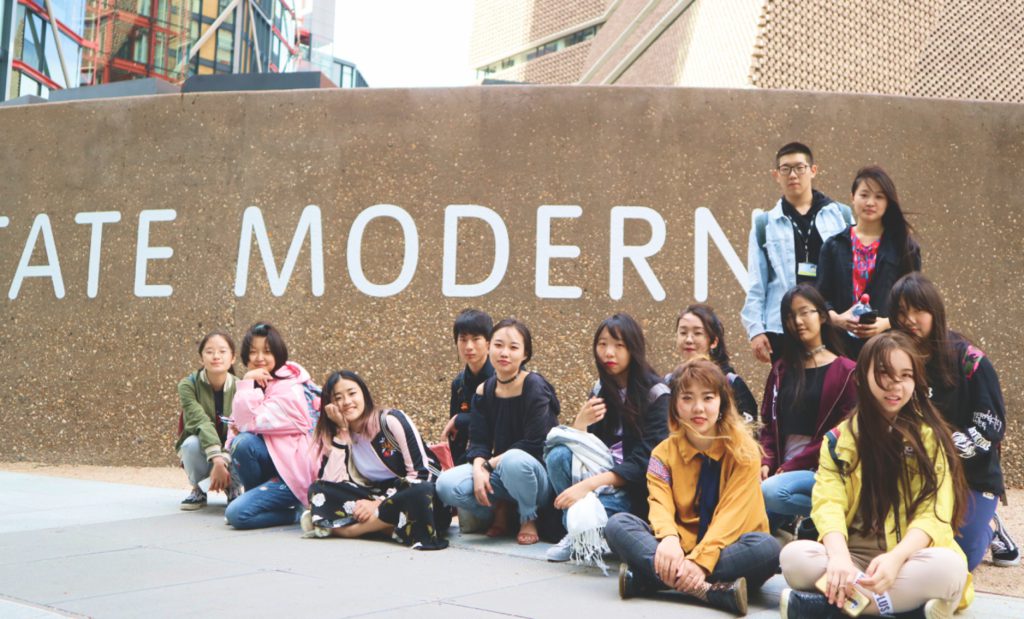


Welcome to BACA Short Courses: We offer classes for all ages across multiple art and design fields! Whether you're a beginner or an experienced artist, we have something for everyone. Our courses cover a wide range of art, design, media, film and fashion disciplines, including drawing, painting, printmaking, sculpture, graphic design, and many more.
At BACA, we believe in the power of art to enrich our lives and express our unique perspectives. That's why our courses are designed to help you develop your skills and explore your creativity in a supportive and inspiring environment. Our experienced instructors will guide you through every step of the creative process, helping you to unlock your full potential as an artist.

Join us at BACA and discover your passion for art and design. Whether you're looking to pursue a career in the arts or simply want to explore your creativity, we have the perfect course for you. To ensure suitability, our courses cater to individuals aged 6 and above. Please refer to the specific course description for the recommended age range. Sign up today and let's start creating together!
Please check according to your desired age group.
With an award-winning reputation, BACA is the ideal starting point for students seeking to attend the UK's most prestigious art schools.
Learn from top industry artists and designers, find your personal style, and connect with like-minded peers. Make this summer one to remember and join us for an exceptional artistic experience!

Break through tradition and discover beauty from different kinds of art!

Explore and extend your own artistic expression from the small details around you!

Turn your strong imagination into rich and colorful creations!
| Week | Date | Course Name | Tutor | Language | Location |
| Week 1 | July 8th-12th | FashionPattern Cutting | NatashaWAN | Chinese | 8th Floor,Tower E,Yonghe Mansion,Dongcheng District,Beijing |
| Week 1 | July 8th-12th | Film:TheoryandTechnique | Frederico Castelbranco | English | 8th Floor,Tower E,Yonghe Mansion,Dongcheng District,Beijing |
| Week 1 | July 8th-12th | UALGradedAwardsinDrawing | Charlie Dutton & Tom Chin | English | BACA Art Centre,Tower B,Yonghe Mansion,Dongcheng District, Beijing |
| Week 2 | July 15th-19th | GraphicsDesign | Thomas Verbal | English | 8th Floor,Tower E,Yonghe Mansion,Dongcheng District,Beijing |
| Week 2 | July 15th-19th | FashionDesignDevelopmentthrough Paper Sculpture & Collage | Janine Grosche | English | 8th Floor,Tower E,Yonghe Mansion,Dongcheng District,Beijing |
| Week 3 | July 22th-26th | Introduction to the Principles & Techniques of Animation | Eoin Ryan | English | 8th Floor,Tower E,Yonghe Mansion,Dongcheng District,Beijing |
| Week 4 | July 29th-August 2nd | Exterior design | Zlatko Sejdinovic | English | 8th Floor,Tower E,Yonghe Mansion,Dongcheng District,Beijing |
| Week 4 | July 29th-August 2nd | ExploringTextiles through a Colour Walk | Alla Batiuk | English | 8th Floor,Tower E,Yonghe Mansion,Dongcheng District,Beijing |
| Week 4 | July 29th-August 2nd | FashionAccessories- BagDesign | Tom ChinTom Chin | English | BACA Ar tCentre,Tower B,Yonghe Mansion,Dongcheng District, Beijing |
| Week 5 | August 5th-9th | CollageArt | Jo Malcolm | English | BACA Art Centre,Tower B,Yonghe Mansion,Dongcheng District, Beijing |
| Week 5 | August 5th-9th | Photography-The Travelerof Light | YUANHanhan | Chinese | BACA Art Centre,Tower B,Yonghe Mansion,Dongcheng District, Beijing |
| Week 5 | August 5th-9th | FashionIllustration | TomChin | English | BACA Art Centre,Tower B,Yonghe Mansion,Dongcheng District, Beijing |
| Week 6 | August 12th-16th | UALGradedAwardsinDrawingandCreativeDrawing | KerryChallis Thomas | English | 8th Floor,Tower E,Yonghe Mansion,Dongcheng District,Beijing |
Spend two weeks in exciting London getting a sneak peek into what it’s like to attend UAL!
This course will provide you with a solid foundation for further studies in the field of art or for entering the industry. With a multi-level and multi-disciplinary curriculum, you will have ample opportunities to visit numerous galleries, museums, art studios, boutique fashion stores, exhibitions, and art and design workshops in London. By looking at problems from different angles and listening to the perspectives of others and observing their approaches, you will expand your creative horizons and develop your artistic abilities.

UK embassy visa processing fee, overseas insurance fee, accommodation fee, breakfast and dinner, English language course fee, art and design course fees in various colleges, material fees, public transportation fees within the London city area, museum and gallery entrance fees, student ID card for the University of the Arts London, use of the computer rooms at the university headquarters and various colleges, and access to library resources, breakfast and dinner with the host family.
Visit us at:
8th Floor, Block E, Yonghe Tower,No.28 East Andingmen Street,Dongcheng District,Beijing
Phone: (+86010-8418 6799/6785/6788/6783)
Working hours: 9 AM -5:30 PM, Mon to Fri
Email: admin@bacaorg.cn